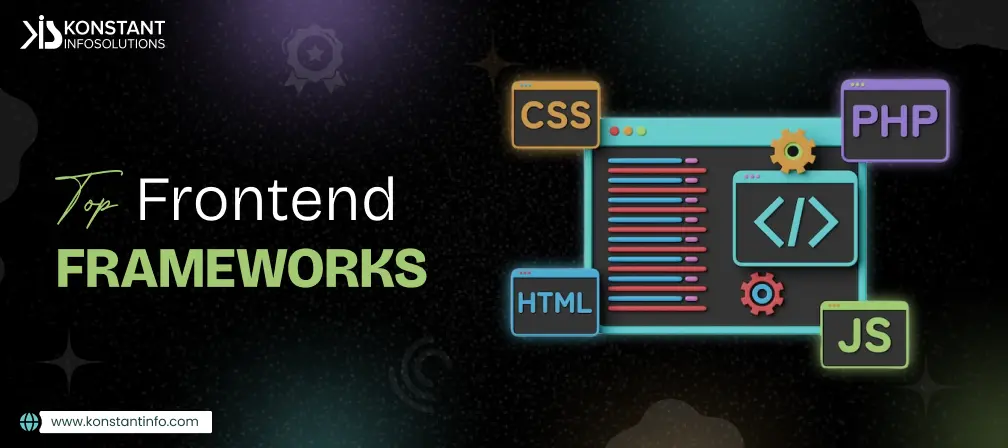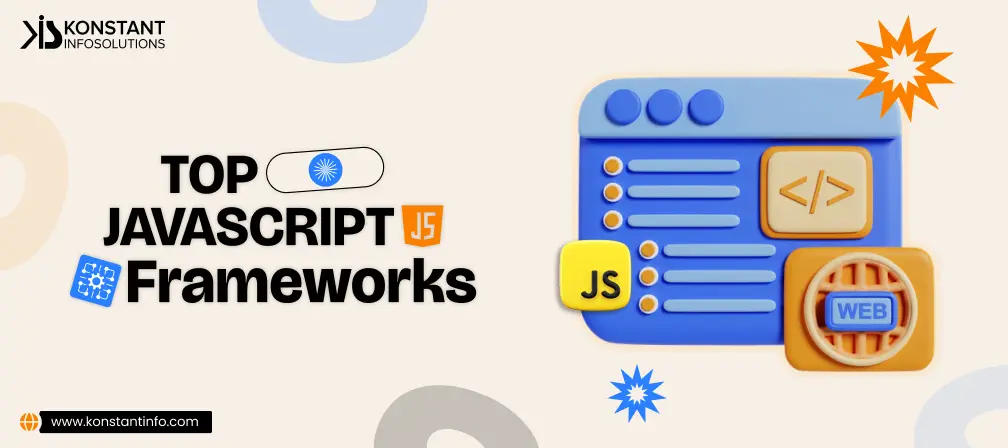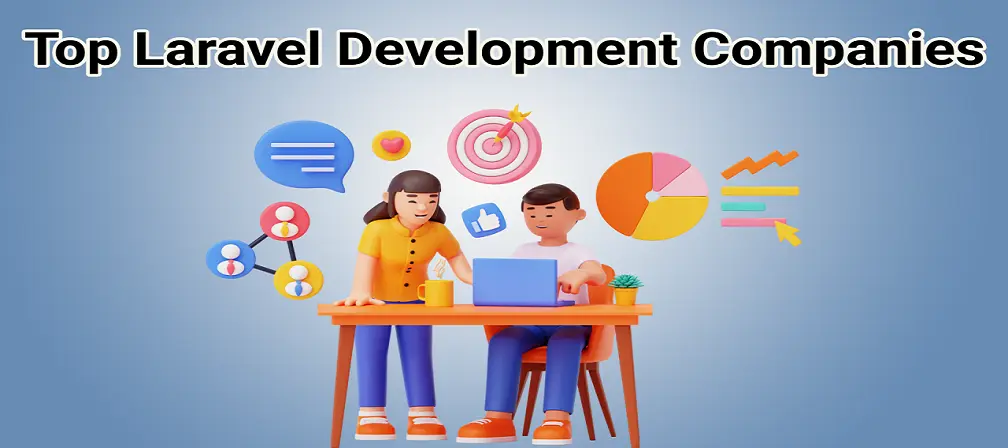
Frontend frameworks are nothing but a collection of pre-written code, tools, and components that are used by developers to design the user interface (UI) of web applications more efficiently and quickly. In simple terms, Frontend Frameworks for Web Development are like a starter kit or blueprint that you need to create the visible parts of the websites or applications, like buttons, menus, forms etc.
If you are planning to develop applications without a framework, then you have to write everything from scratch. So we need frameworks to:
We have shortlisted the 10 most popular frontend frameworks used in 2025, based on developer adoption and community trends of frontend development services:
React is a JavaScript-based framework for rendering Android and iOS applications. It is best suitable for creating applications across platforms. React wears the crown as the most popular framework in 2025 for good reasons:
Next.js also became the second most popular framework among developers by solving many real-world problems, adding extra tools, libraries, or code to handle things that React alone doesn’t manage out of the box. It’s the go-to framework for modern front-end development. It performs great for everything from small blogs to huge and complex apps.
Vue.js has also gained a tremendous amount of recognition among developers in 2025. You don’t have to professional to use this framework. Even beginners can start easily thanks to its simple syntax and clear documentation. You can use Vue.js for small widgets or a full-scale page application.
Angular is still a top pick in 2025 for teams that want a fully integrated, scalable solution with a strong structure. It is suited for long-term projects with complex frontend development company with teams of 10 or more developers. Additionally, Angular offers the assurance of long-term support and is trusted by the popular frontend development company.
Svelte/Sveltekit are becoming developers’ favourite frontend frameworks in recent years. This is because of their unmatched performance, elegant syntax, and full-stack capabilities. They are ideal for mobile and slow networks. This means your site loads quickly without using much data.
Solid.js has gained notable popularity, especially among those developers who are performance-focused. It is one of the fastest frontend frameworks available currently. Not just this, it also has excellent TypeScript support that offers a good development experience for modern JS/TS projects.
Qwik is also in the race of popularity. As it delivers instant-loading, ultra-performant apps using a revolutionary resumability model to make it ideal for SEO-critical, user-first Frontend Frameworks for Web Development.
Astro is used for creating fast, SEO-optimized web development services with minimal JavaScript. You can use this framework to support multiple frameworks and provide a smooth content-first development experience.
Nuxt.js is a powerful Vue.js meta-framework. And it is designed to build server-side and static-generated services from frontend frameworks for Web Development with ease. This frontend framework also offers a rich module ecosystem for adding features like PWA support, Google Analytics, image optimization, authentication, and more.
Alpine.js helps developers by providing a lightweight, declarative syntax for building small, fast, interactive UIs. IT is very popular in the Laravel community and in projects where developers want to keep things simple and server-driven.
If you want to develop your project successfully, then choosing the right frontend framework is very crucial to maintain productivity, performance, and stability. Here are the factors you should evaluate when selecting a frontend framework:
You should assess your project size and scope to decide framework that matches your goals, team skills, complexity, and long-term vision. This not only saves your time, money but also technical debt.
Example: If your app is highly interactive, you will likely want to use React, Vue, or SolidJS to meet performance goals.
The learning curve and developer experience are important factors to consider, as they can impact team productivity and help avoid developers’ frustrations.
Because a low learning curve allows beginners to get up to speed quickly, reducing both time and cost during onboarding. Additionally, a good developer experience leads to cleaner code and fewer bugs.
When deciding on a front-end framework, the ecosystem and community support are crucial. A strong ecosystem and community help develop projects more easily and faster with better tools and long-term viability.
In 2025, integration flexibility is more important than ever to easily connect your app with other frontend development services like:
Growing and maintainability are essential to consider to ensure the scaling and maintenance of your app in the long run. Any framework might look like apt for a small MVP, but it can become an obstacle as your project grows
Reusability and modularity are key principles to determine how clean and scalable your front-end codebase will be over time.
SEO and Server-side Rendering help you make your application visible in search engines, load quickly to better user experience on the first visit.
You need a frontend framework that supports tools like Svelte Native to build a hybrid app.
Using a popular framework makes sense when it helps you save time and follow best practices. It also depends on your goals, project type, and team skills. Here’s a guide on when to use a popular framework, based on context:
In Software Development: Use a popular framework when:
You want to build faster: Frameworks provide prebuilt functions, components, and tools to build web applications quickly with a reliable structure. Like developers use Reactjs for a reliable user interface
Grow and maintain: You can use frontend frameworks for apps to grow in features without messy code. They support long-term development and change.
You want community Support: Frameworks with large and active communities help you find solutions to bugs and setup issues. And it becomes easier to find developers who know the framework. Example: React has hundreds of reusable UI components built by the community
Developers don’t have to start from scratch to build modern and easy-to-maintain user interfaces using popular frontend frameworks. But you should consider every aspect of your project to pick the right framework to meet your project goals.



Manish Jain is the co-founder and Managing Director at Konstant Infosolutions. He is responsible for the overall operations of the company and has played a major role in bringing Konstant up from its humble beginnings and, with his immense energy and drive, transforming it into a globally trusted name in IT solutions.
Or send us an email at: [email protected]